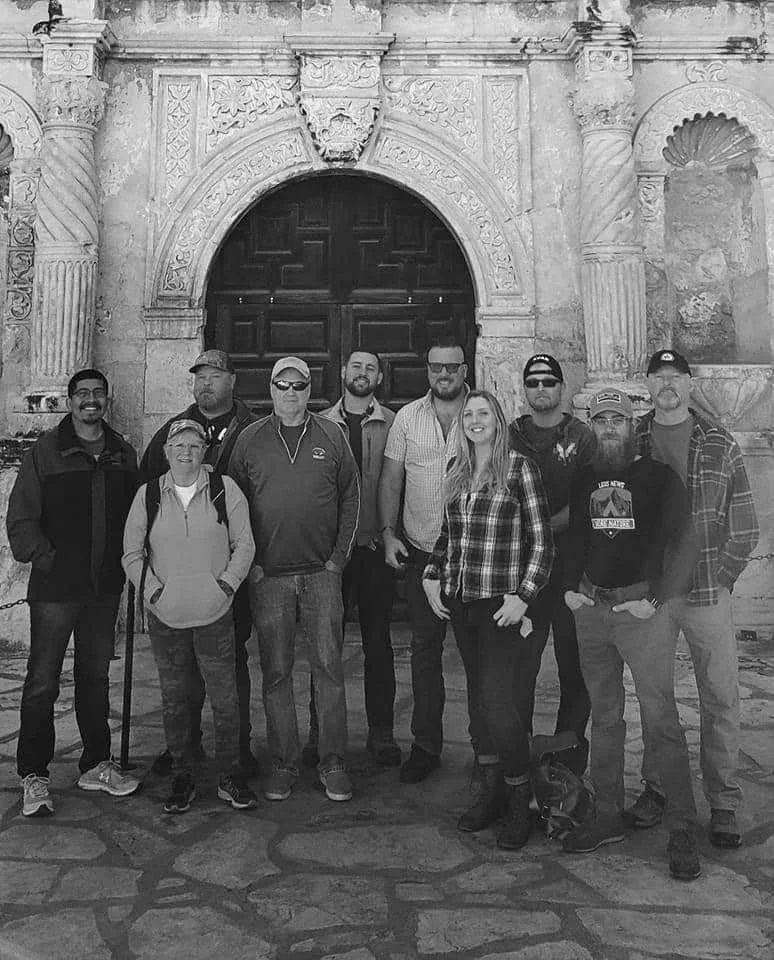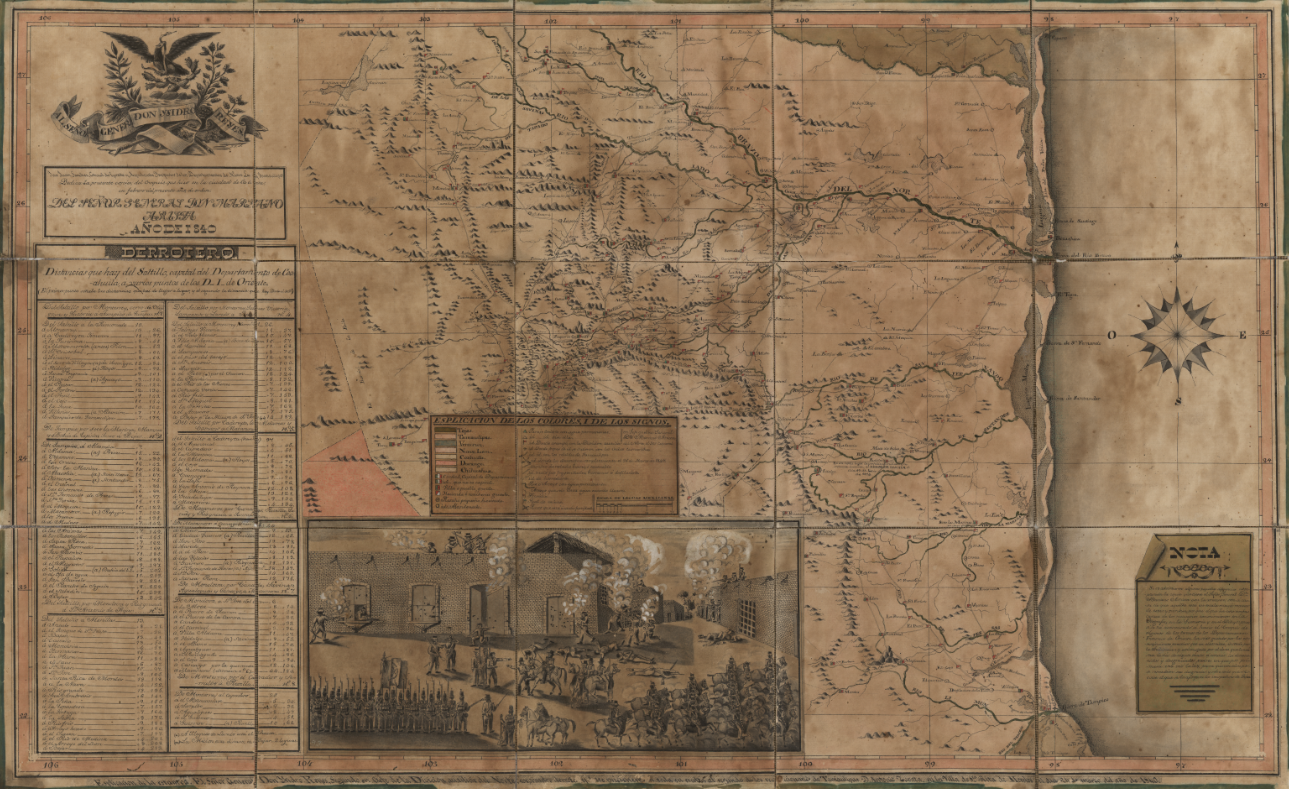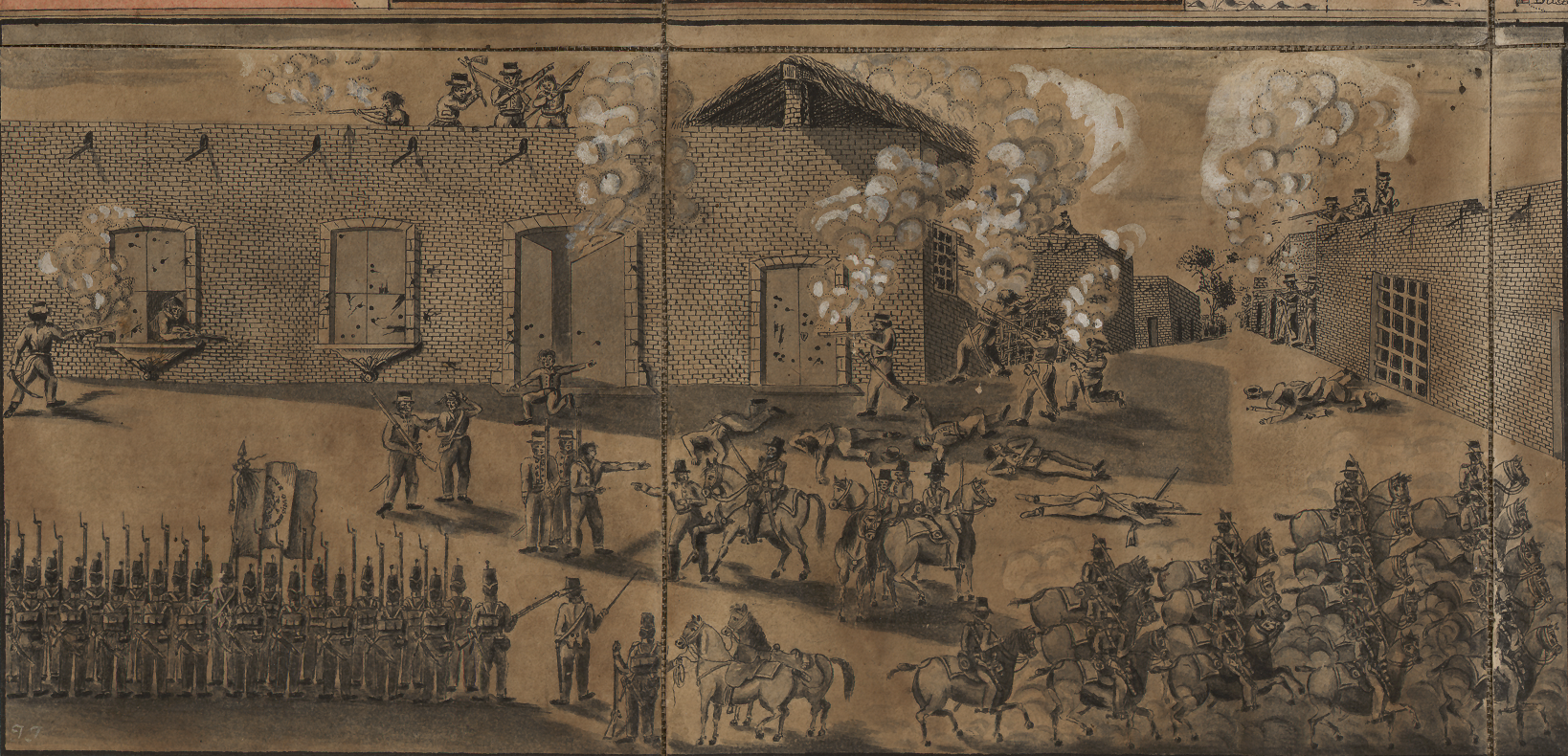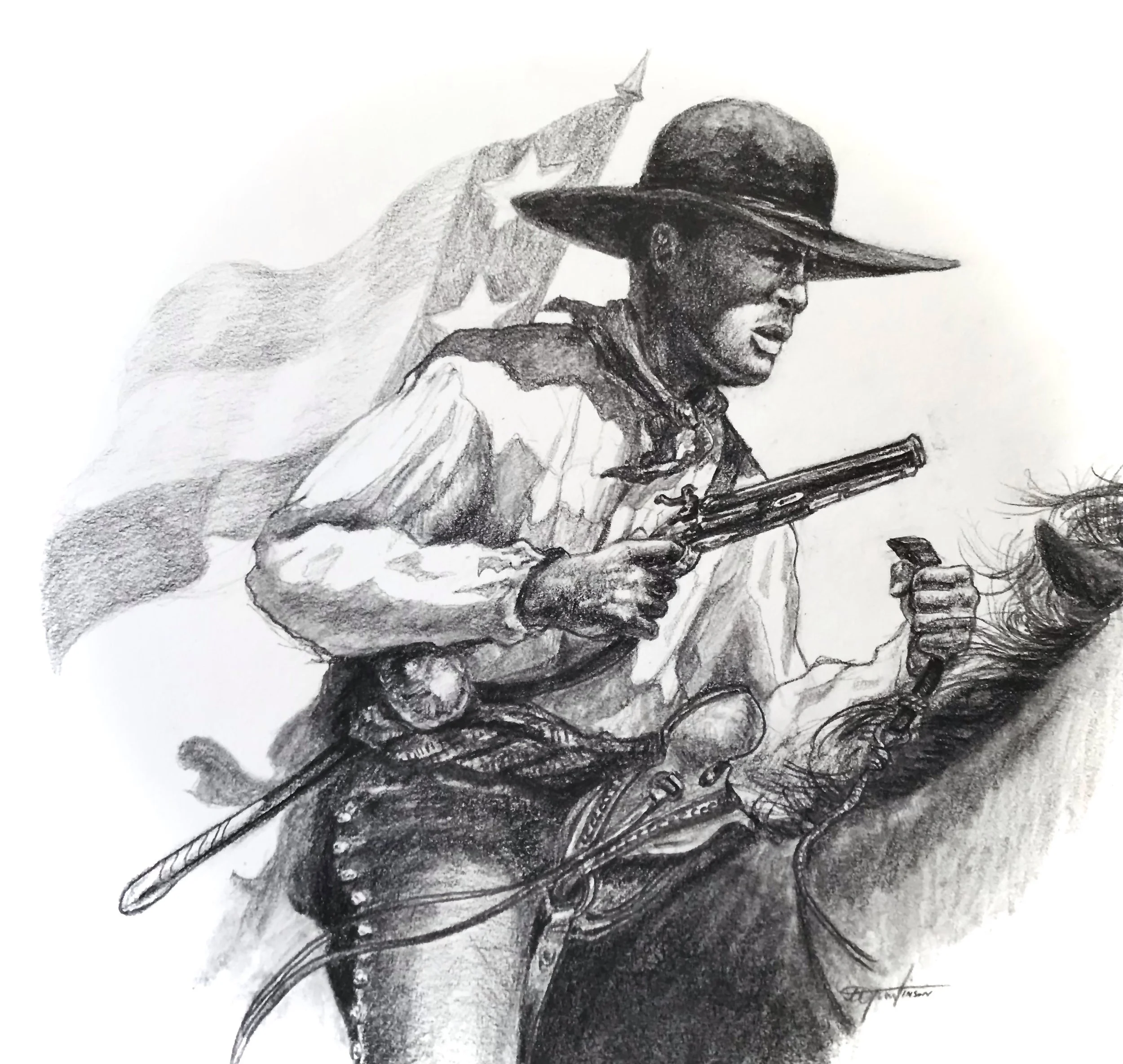The return of the horse to the North American continent and its domestication by people of the Texas plains redrew the map of Native North America and defined the spheres of influence of European colonial empires for three centuries. It led to the formation of highly decentralized, individualistic frontier societies that either successfully adopted the horse or suffered at the hands of those who had. Maybe “Don’t Mess with Texas” didn’t originate with a 1985 anti-littering campaign…maybe it was written the first time a native Texan hopped on the back of a horse.
Season 5 - The Engines of Texanity!
Such “engines” of history concentrate resources behind them and focus the human mind in front of them like nothing else. They change how people see the world. The stories of these "engines," then, are the reasons why we see ourselves the way that we do.
This is what I want to explore this season: no politicians, no ideologies, just the ten engines that most meaningfully propelled Texas history forward and the ten innovations that most profoundly shaped our collective psychology as Texans… our “Texanity” as I call it.
Medina Found?
For Immediate Release: AMERICAN VETERANS DISCOVER CONFLICT SITE THAT COULD BE THE LONG LOST BATTLE OF MEDINA
Another Bonus Episode: Autonomy Within a Tradition
Maybe the reason that Texans are so vocal about their "independence" is because they have a different notion of what it means to be independent.
Bonus Episode: Digging Medina
The boots hit the ground and the shovels start turning dirt. Listen along for an (extended) account of our first season of archaeologic digs in search of the Battlefield of Medina with our partners from American Veterans Archaeological Recovery.
4.17 - Y todo para que?
Was there really ever a "Republic of the Rio Grande"?
4.16 - The Republic of the Sierra Madre
Fiery San Antonian José María Carvajal refuses to give up the dream of a northeastern Mexican republic, only to be defeated by his old commander: Antonio Canales.
4.15 - The Concessions of Camargo
Antonio Canales lays down his sword...and emerges as the new kingmaker of northeastern Mexico.
4.14 - Rescuing Zapata
The normally reserved Antonio Canales throws everything he has at Centralist General Mariano Arista in a desperate bid to rescue his estranged brother-in-arms, Antonio Zapata.
4.13 - The Battle of Morelos
Frustrated with Antonio Canales, Antonio Zapata breaks away from the Rio Grande Federalist Army...and rides into an ambush in Santa Rita de Morelos!
4.12 - Desperate Measures
Just days after declaring the formation of a new "provisional government of the northern border," Federalist commander Antonio Canales opens up communications with Centralist General Mariano Arista to surrender!
4.11 - The Casa Blanca Articles of Convention
The text of the "Casa Blanca Articles of Convention," as transcribed by Professor Stan Green, and as translated by Brandon Seale, with comments from Professor Green and Lic. Jacqueline Pasquel.
The Search Begins...
The search begins.
4.10 - The Republic of the Northern Border
On January 26th, 1840, the Republic of the Rio Grande was formed. Or rather, the "provisional government for the northern border" was declared. Commentators then and podcasters now consider whether there is in fact a difference between these two ideas.
4.09 - The Battle of Alcantra
Under the command of Antonio Zapata, Antonio Canales and José María Carbajal, the Rio Grande Federalists win their greatest battle to-date. Yet diplomatic recognition eludes them, as a new Centralist opponent emerges with a knack for the public relations game – General Mariano Arista.
4.08 - The Kingdom of Zapata
Antonio Zapata - the "mulato" son of a domestic servant and a cowboy - establishes himself as the kingmaker over Northeastern Mexico.
4.07 - Zapata Unleashed
In one of the most remarkable campaigns in Mexican military history, Antonio Zapata and a small band of Rio Grande vaqueros and Carrizo Indians immobilize three Centralist armies and launch a punitive expedition against a Comanche war party, establishing the Rio Grande Federalists as the de facto government of the region.
4.06 - Order and Disorder on the New Border
Antonio Zapata comes over to the side of the Federalist insurgents... and turns their war of words into a real threat to Centralist rule over Northeastern Mexico.
4.05 - The Federalist Revolts
After the failed "Texas campaign" of 1836, the Mexican centralist army falls back onto the Rio Grande villas. Through a series of requisitions, taxes and just outright theft, they manage to impoverish the region and bankrupt Antonio Zapata.
4.04 - The Constitution of 1824
Antonio Zapata emerges as one of the most promising young leaders of newly independent Revilla – soon–to–be renamed Guerrero – just as Mexico elects its first president under the famed Constitution of 1824. By the second election in 1828, however, Mexico is in turmoil.



















